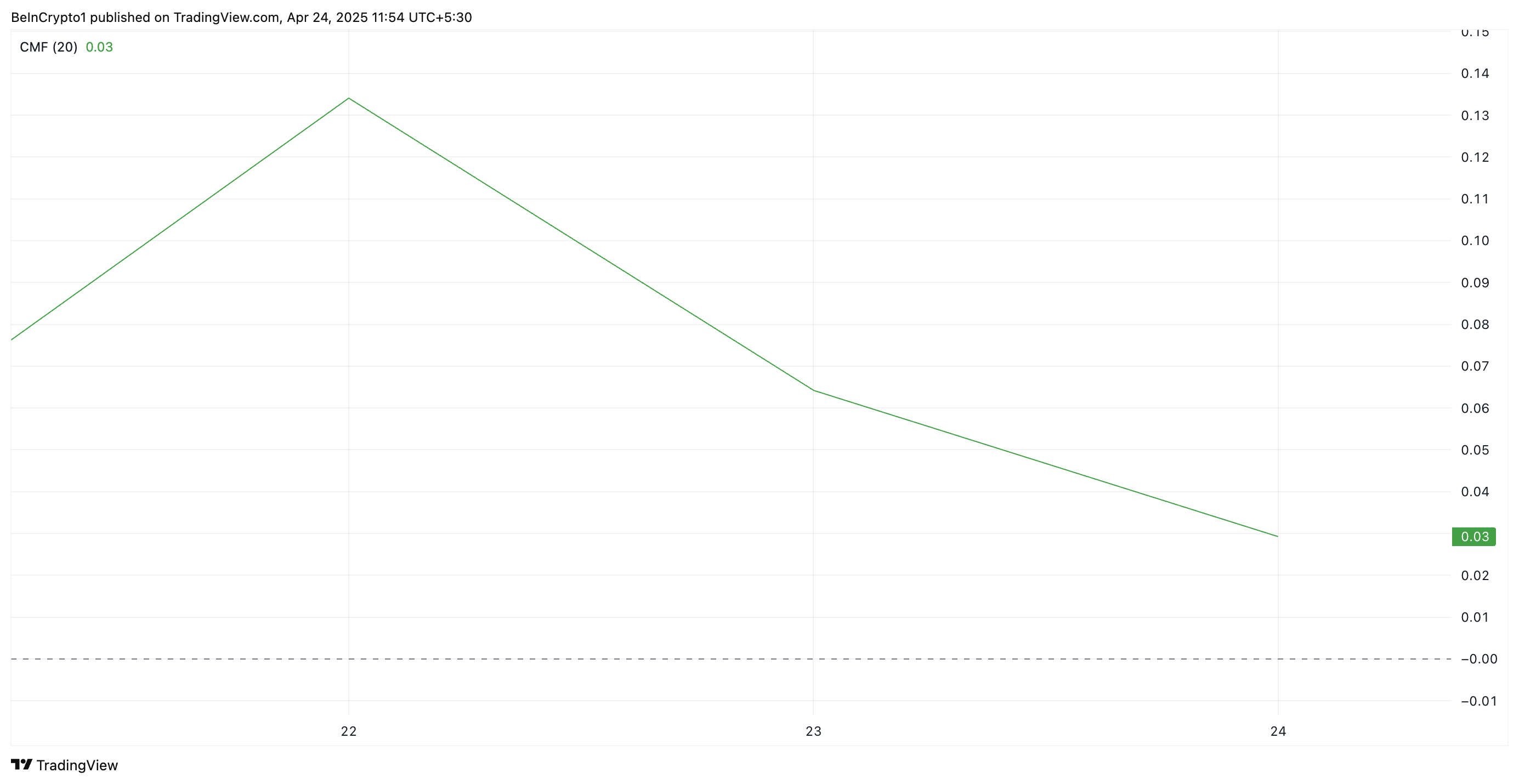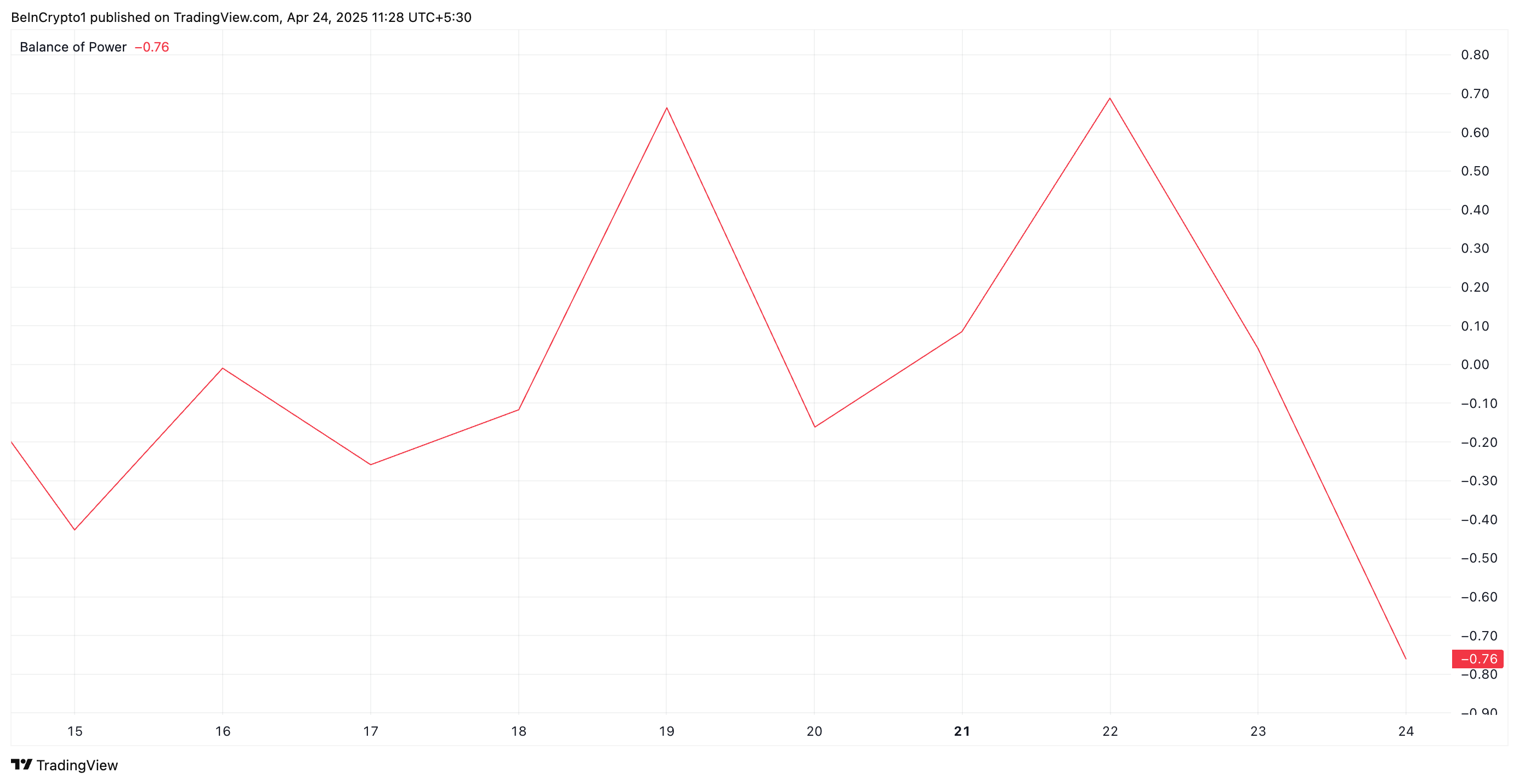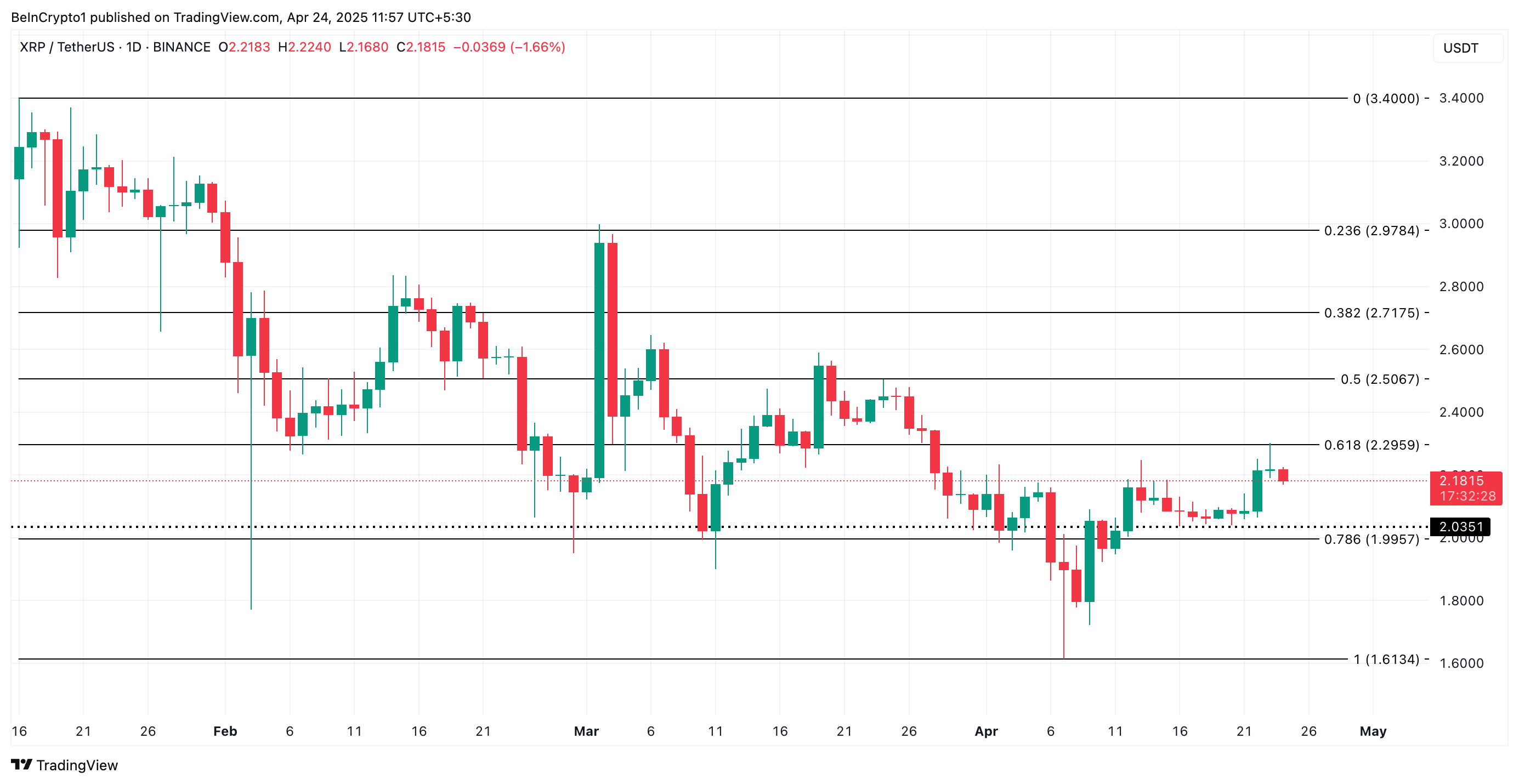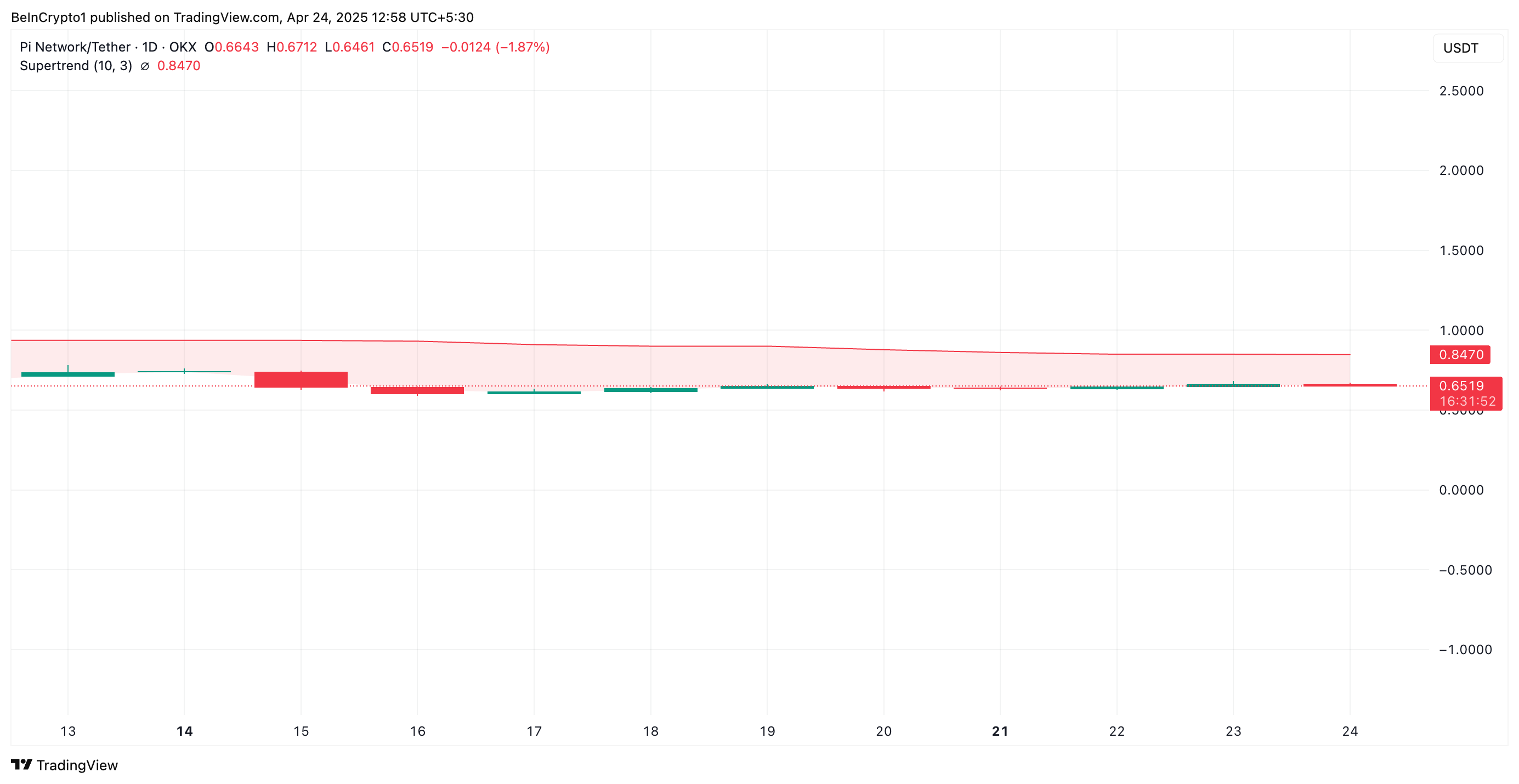Bitget Wallet has announced the launch of a zero-fee crypto card that enables real-time, onchain-powered payments — seamlessly connecting Web3 wallets with the global Mastercard network. The initiative is built in collaboration with Mastercard and Immersve, offering crypto-native users the ability to pay at over 150 million merchants worldwide without surrendering custody of their assets.
In this exclusive Q&A, Jamie Elkaleh, CMO at Bitget Wallet, shares the strategy behind this launch, the challenges of real-time onchain settlement, and what this innovation means for the future of decentralized payments. From tackling regulatory friction to reshaping daily crypto use, Bitget Wallet is setting a new standard in how digital assets meet the real world.
- Why was this the right moment to launch a crypto-linked card, and how does it improve on previous attempts to bring crypto into everyday spending? What gap in the market are you aiming to fill through this partnership?
This launch comes at a time when both user behavior and infrastructure are ready to support everyday crypto spending. According to the European Central Bank, crypto card transactions under €10 now account for 45% of activity, reflecting growing micro-spending behavior once dominated by cash. Moreover, 40% of crypto card transactions occur online, nearly double the average for euro-area cards, signaling that users increasingly expect digital-native payment experiences.
Bitget Wallet Onchain Report shows that 37% of Western European and 41% of Eastern European Bitget Wallet users already use their wallet primarily for payments. However, most existing crypto cards today rely on custodial flows, high fees, or delayed settlement.
The Bitget Wallet Card addresses these issues with a zero annual and top-up fee structure, instant digital approval, direct onchain top-ups via USDC on Base, and a fully self-custodial experience. It removes friction between Web3 wallets and the real world—without requiring users to surrender control of their assets.
- By allowing users to spend directly from Bitget Wallet, the card brings self-custodied assets into real-world transactions. What made this technically and legally possible today, and were there any compromises along the way?
This product was made possible through the coordinated infrastructure between Bitget Wallet, Immersve, and Mastercard. Bitget Wallet powers the onchain interface and user-controlled experience; Immersve acts as the licensed issuer, providing settlement rails and regulatory infrastructure; and Mastercard enables access to a global merchant network. Together, these elements ensure that crypto remains in the user’s control until it is voluntarily topped up and used.
The user completes identity verification for card issuance and compliance, but never forfeits custody of assets within the wallet itself. All top-ups happen directly onchain using USDC on Base, and conversions occur in the backend only when a payment is made. This architecture preserves self-custody while enabling a compliant, real-world payment experience. No compromises were made to the wallet’s trustless foundation, and we believe that layering regulated card issuance on top of a self-custodial product is the path forward for crypto usability.
- Real-time funding through onchain swaps and deposits sounds seamless in theory, but what were the hardest challenges in making it work smoothly and reliably at scale?
The biggest challenge was aligning blockchain dynamics with the real-time requirements of a debit card experience. Traditional cards require pre-funded balances and instantaneous approvals at the point of sale, while onchain transactions can face confirmation delays, fluctuating gas fees, and network congestion.
To overcome this, we built Bitget Wallet’s top-up system to be as fast and frictionless as possible. Base chain was selected for its speed and low cost, and the wallet was optimized to allow real-time USDC top-ups that are recognized immediately by the card infrastructure. The backend integration with Immersve ensures fiat conversion happens instantly, allowing the card to behave like any Mastercard product in terms of settlement and merchant interaction. Bridging the onchain and offchain environments while maintaining UX simplicity required significant development, but we believe this is one of the key breakthroughs of the product.
- Considering their intricate regulatory frameworks, launching first in the UK and EU seems like a brave move. How do you strike a balance between meeting the demands of openness and control that are important to crypto-native users?
Launching in the UK and EU was intentional. These are highly regulated but also digitally mature markets where users are already comfortable with card payments, wallet apps, and fintech tools. The regulatory environment, while demanding, offers clearer pathways for compliant crypto products compared to many other regions.
At the same time, we were careful to ensure that crypto-native values are not compromised. Bitget Wallet remains fully self-custodial; users only engage with compliance measures when applying for and activating the card. Their wallet access, funds, and onchain activity remain entirely in their control. This layered approach allows us to meet the demands of regulators without stripping away decentralization. The card is a regulated, opt-in payment layer on top of a non-custodial wallet, not a replacement for it.
- Many still think of wallets as simple storage tools. With payments, staking, rewards, and DApp access now integrated, how is Bitget Wallet changing the way users interact with their assets, and what role does this card play in that shift?
Bitget Wallet is becoming a complete Web3 financial platform, not just a crypto storage solution. Users can already trade, earn, pay, and discover decentralized applications — all within a single interface. The card extends this functionality into the real world, allowing users to tap and pay at millions of Mastercard-supported merchants without needing to off-ramp or rely on custodial exchanges. It turns crypto from a passive holding into an active financial tool. The ability to earn additional yields through in-wallet staking, receive cashback rewards, and seamlessly top up with USDC reflects a shift from “store and wait” to “spend and grow.” The card is an essential part of our PayFi strategy, which integrates real-world payments with onchain earning opportunities, helping users engage with crypto in a daily, practical way.
- You’ve announced plans to expand into Latin America, Australia, and New Zealand. What are the key factors that shape your rollout strategy across regions, and how do user behaviors or regulatory conditions influence your decisions?
Our expansion strategy is driven by a combination of user demand, regulatory feasibility, and payment infrastructure maturity. In Latin America, we see high adoption of stablecoins for remittances and everyday transactions, especially in regions where inflation and limited banking access drive demand for crypto as an alternative. In Australia and New Zealand, the regulatory landscape is more clearly defined, and consumer familiarity with digital finance makes them ideal next-stage markets.
Bitget Wallet Onchain Report showed that up to 60% of wallet users in Southeast Asia and over 40% in Latin America already use their wallets for payments. This data helps guide our market sequencing. Our team also evaluates readiness in terms of local issuing partners, merchant coverage, and fiat settlement support. Each market requires customization, and our goal is to launch only where we can provide a complete, reliable, and locally relevant user experience.
- A year from now, what outcomes would signal that this partnership has succeeded? As you continue to grow beyond being just a wallet, what else can users expect next from Bitget Wallet?
Twelve months from now, we will consider the partnership successful if we see strong and sustained adoption of the card among active users. Key indicators will include the number of cardholders, total transaction volume, average spend per user, and repeat usage patterns. We are also monitoring user feedback and Net Promoter Score to evaluate satisfaction with the payment experience.
Beyond raw metrics, success also means shifting the perception of crypto from speculative to spendable. Looking ahead, Bitget Wallet will continue building its PayFi ecosystem. Users can expect QR code payment features, expanded support for additional stablecoins and tokens, deeper in-wallet shopping and earning tools, and broader merchant integrations. Our mission is to make crypto not just accessible but genuinely useful in daily life without compromising the principles of self-custody and user control.
The post Exclusive Q&A with Bitget Wallet CMO Jamie Elkaleh on Zero-Fee Crypto Card Powered by Mastercard appeared first on BeInCrypto.










